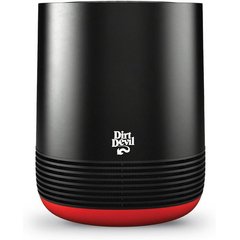E. coli Infection in Hamsters
Colibacillosis in Hamsters
Diarrhea caused by Escherichia coli bacteria is a very common occurrence in hamsters, especially young and newborn hamsters with poorly developed immune systems. Typically, E. coli infection (or Colibacillosis) occurs due to unhygienic living conditions and is transmitted by ingestion of contaminated food and water, though it may also be transmitted through the air.
Symptoms
Similar to other illnesses that cause diarrhea, hamsters with colibacillosis may lead to abdominal pain and depression. Infected hamsters may have profuse watery diarrhea that is foul smelling; some may even develop fluid buildup in the abdomen.
Recommended Products
Causes
Colibacillosis is an infection caused by the E. coli bacteria. Young and newborn hamsters are more commonly infected with the bacteria due to their poorly developed immune systems, though any hamster living in unhygienic or substandard living conditions can develop the infection. E. coli can be found in contaminated food and/or water; it may even be airborne.
Diagnosis
Your veterinarian may suspect colibacillosis by observing the clinical signs exhibited by the hamster. However, an examination of the feces and blood is necessary to confirm the presence of E. coli.
Treatment
Your veterinarian will administer antibiotics orally or parenterally to control the E. coli infection. Additionally, if the hamster is dehydrated, he or she may provide fluids and electrolytes orally or via injections.
Living and Management
Because of its highly contagious nature, maintaining a proper and regularly cleaned living area is of vital importance for managing colibacillosis infection in hamsters. Separate infected hamsters from those that are not, and follow any other instructions given by your veterinarian.
Prevention
Colibacillosis infection in hamsters can be prevented to a great extent by maintaining good sanitary conditions in the cage(s). Disposing of used bedding matter carefully is also necessary to limit spread of E. coli.



